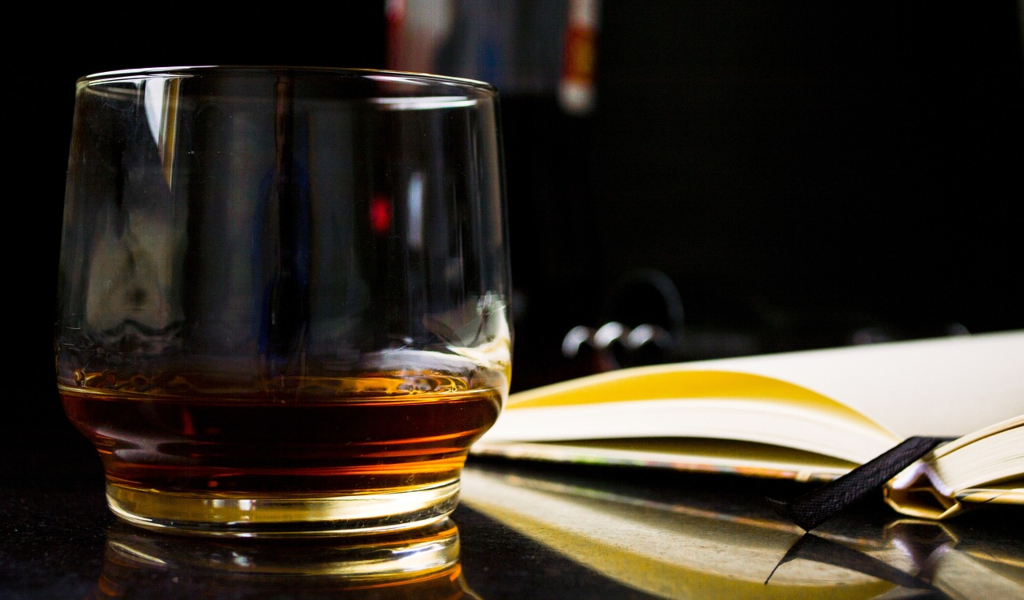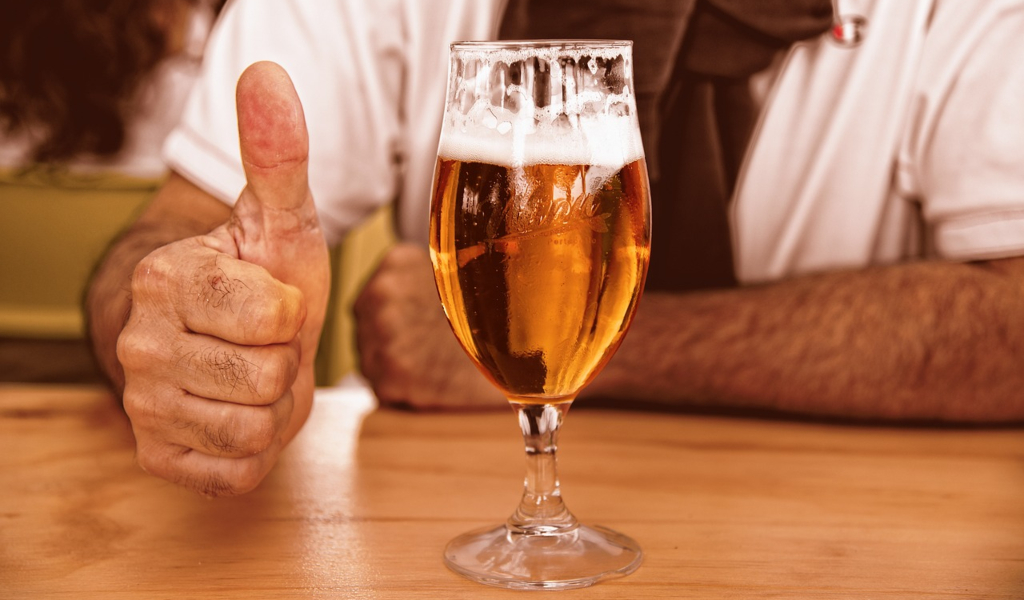Alcohol consumption is a deeply rooted cultural and social practice in Spain, dating back centuries. However, the alcoholic beverages market in Spain has not always been the same; it has evolved over time. It has adapted to changes in consumer preferences, global trends, the economy, and regulatory frameworks. In this post, learn more about the alcoholic beverages market in Spain and why it is considered a growing sector.
Historical Evolution of Alcohol Consumption and the Alcoholic Beverages Market in Spain
It's no secret that alcohol consumption in Spain has a long tradition, especially wine, which dates back to Roman times. Wine has been the most consumed alcoholic beverage in Spain for centuries, valued for its nutritional content and its role in celebrations or religious rituals. However, its consumption has been declining since 1970, due to urbanization, modernization, diversification of offerings, and awareness of the harmful effects of alcohol.
Conversely, the consumption of other alcoholic beverages has increased, driven by the influence of other cultures, tourism, advertising, and availability. Now, a wholesale alcoholic beverages distributor includes in its inventory beer, spirits, cider, and other fermented beverages, such as cava. All have experienced growth, albeit more moderate.
The market has reflected changes in consumption, moving from being dominated by wine to having greater diversification and competition. According to experts, the alcoholic beverages market in Spain has shown an upward trend stemming from the recovery of the economic crisis that affected the sector between 2008 and 2013, and later from the COVID-19 pandemic.

Most Commercialized Alcoholic Beverages
When analyzing the alcoholic beverages market in Spain, it is necessary to know the different types of products that are marketed, both domestically produced and imported. A list of the most notable includes:
- Beer: Beer is the most commercialized alcoholic beverage in Spain, with sales volume exceeding 2 billion liters. It is produced in Spain, although it is also imported from other countries. It is consumed in bars and restaurants, but also at home.
- Wine: Wine is the second most commercialized alcoholic beverage in Spain, with sales volume exceeding 10 billion liters in 2022. It is mostly produced in Spain, the third-largest wine-producing country in the world, after Italy and France.
- Spirits: Spirits are a fundamental part of any club, bar, and even an online alcoholic beverage store. They are the third most commercialized alcoholic beverage in Spain, including whisky, rum, and gin.
- Liqueurs: In this category are anise, herbal liqueur, and brandy. All are part of the robust alcoholic beverages market in Spain and are consumed at home, although also in hospitality, and are associated with after-dinner, tradition, and digestive purposes.
- Other alcoholic beverages: In addition to the aforementioned alcoholic beverages, there are others marketed in Spain, although with lesser volume and value. These include cider, cava, vermouth, sake, tequila, vodka, and brandy.

Distribution Channels
These beverages, with varying production percentages, make use of the various distribution channels available. The alcoholic beverages market in Spain can be divided into:
- Hospitality: Includes bars, restaurants, hotels, and other places where alcoholic beverages are served. Represents more than 50% of the sales value and is the channel that has grown the most after the pandemic, thanks to the recovery of activity and demand.
- Retail: Includes supermarkets, hypermarkets, specialized stores, and other points of sale where alcoholic beverages are purchased for consumption at home or elsewhere. Contributes more than 30% of the sales value, being a channel that has evolved, thanks to the diversification of the offer.
- E-commerce: These are online platforms, mobile applications, and other digital media where alcoholic beverages are sold or delivered to homes or other places. Represents almost 20% of the sales of alcoholic beverages and is the emerging channel that has grown, thanks to the pandemic, convenience, personalization, and speed of service.
Regions
When analyzing the growth of the alcoholic beverages market in Spain, it is also necessary to include the areas with the highest demand. These can be divided as follows:
- Andalusia: This region has the highest consumption of alcoholic beverages, averaging 20% of the value of alcoholic beverage sales. Notable is the consumption of beer, wine, and local spirits such as fino, oloroso, and Jerez brandy.
- Catalonia: Another region with high consumption of alcoholic beverages, contributing 15% of the sales of alcoholic beverages. In this area, the consumption of wine, cava, and premium spirits such as gin, whisky, and rum is highlighted.
- Madrid: It positions itself as one of the regions with the highest alcohol consumption. It is recognized for the consumption of beer, vermouth, and innovative spirits, such as vodka, tequila, and coffee liqueur.
- Other Regions: These include the rest of the regions in Spain, which represent 51% of the value of alcoholic beverage sales. The consumption of typical alcoholic beverages, such as cider in Asturias, txakoli in the Basque Country, and orujo in Galicia, is common.
Factors Driving the Growth of the Alcoholic Beverages Market in Spain
The outlook for the alcoholic beverages market in Spain is one of growth, primarily due to the improved quality of life of young people, who are the main consumers. Other factors explaining the increase in demand and consumption of alcohol in Spain include:
- The economic recovery following the crisis caused by the COVID-19 pandemic has improved consumer purchasing power and confidence.
- The reopening of the hospitality sector and the increase in national and international tourism, which have boosted the consumption of alcoholic beverages outside the home.
- The diversification of offerings and innovation by producers and distributors. New products, formats, flavors, and experiences that meet consumer preferences and needs have been launched.
- The premium factor or trend towards consuming higher quality, price, and value-added products. This is reflected in the increased demand for alcoholic beverages with origin, denomination, certification, or artisanal production.
- E-commerce or online sales of alcoholic beverages, which have seen significant growth during the pandemic and have established themselves as an alternative and complementary channel to traditional retail.
Additionally, the food and beverage industry has grown, supporting the increase in the alcoholic beverages sector. Likewise, product innovations, such as natural, sugar-free, or ketogenic alcoholic beverages, as well as advances in the manufacturing of vodka, wine, and cocktails, provide an additional boost to the market.
Market Trends and Opportunities
The alcoholic beverages market in Spain presents several trends and opportunities that can be leveraged. The liquor business is profitable, but industry players must work to increase competitiveness and profitability. Mainly, innovation or the development of new products, formats, flavors, and experiences that meet consumer needs is required. The youngest consumers are the most demanding and most conscious of the environment and health.
On the other hand, premiumization or the increase in the quality, price, and value-added of products, which is of particular interest to the most sophisticated consumers. Also, e-commerce, which has become an indispensable factor for any company, should not be overlooked. This optimizes online sales channels, improves logistics, delivery, and personalization of services, meeting needs.

Market Outlook and Projections for the Period 2024-2032
For those researching how to start an alcoholic beverage business, it should be noted that, despite difficulties, the alcoholic beverages market in Spain has potential. There are many opportunities that favor its recovery and growth in the medium and long term. It is expected to register a growth rate exceeding 5% during the period 2024-2032. This is driven by the increase in the young population, the rise in middle-class incomes, and the demand for premium products.
Among the market segments, beer has the greatest weight and projection, especially craft beer. This offers greater variety and quality to consumers, and production techniques have improved considerably. However, the wine segment, especially sparkling and fortified wines, distilled beverages, spirits, and other liquors, also contribute to growth and even international demand.
In conclusion, the alcoholic beverages market in Spain is a dynamic sector, facing challenges and threats, but also opportunities. To take advantage of these, it is necessary for industry players to adapt to changes in the environment and invest in quality, innovation, and differentiation. In this way, the market can consolidate itself as a growing, profitable, and sustainable sector.

